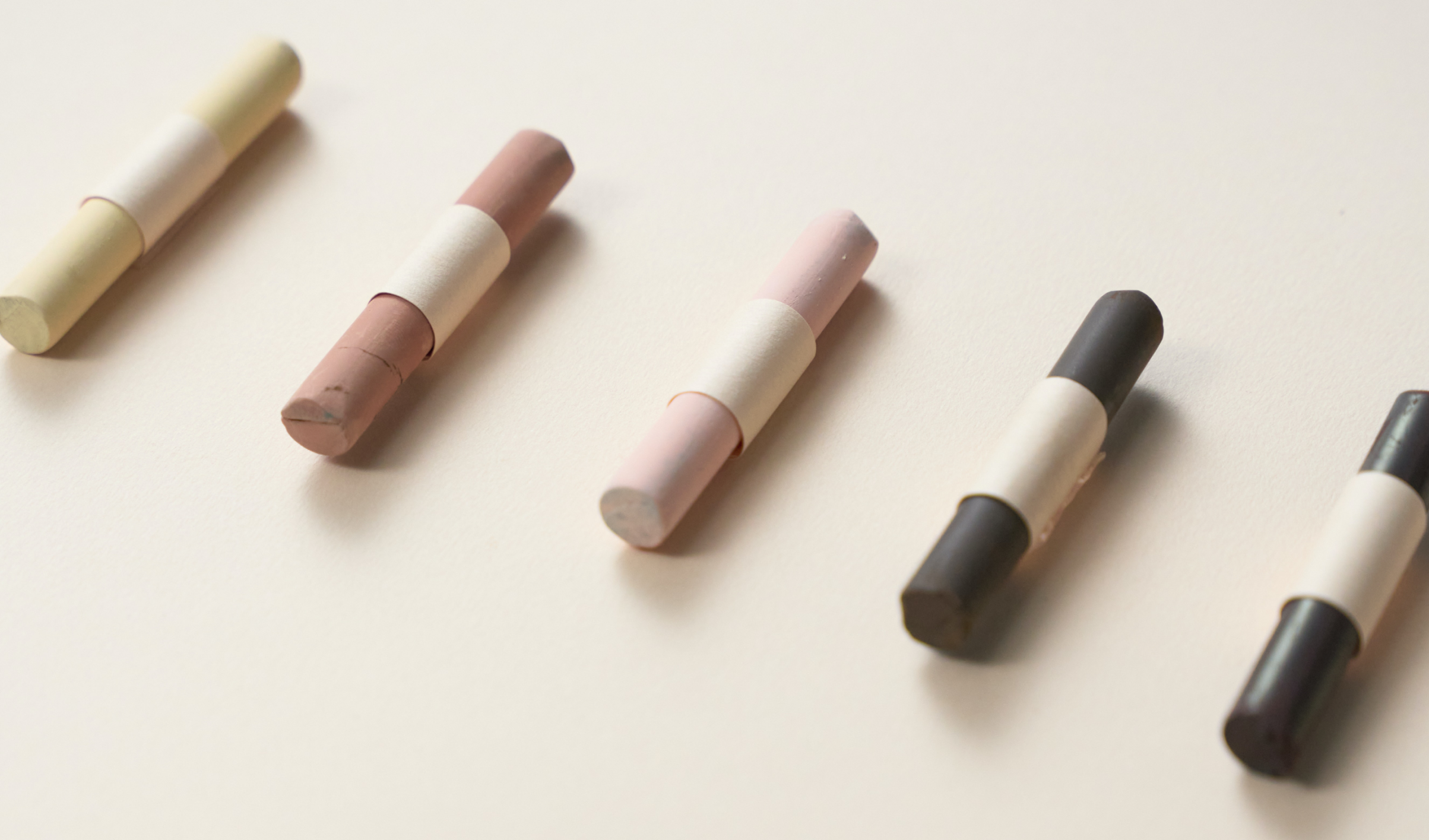In today’s fashion industry, sustainability has become an imperative. However, textile companies must not only be sustainable, but they must also know how to communicate effectively and under the requirements of the new regulations. In this context of changes, at BCome we want to provide you with a guide of do’s and don’ts to build your sustainable claims effectively and avoid the most common mistakes.
The recently approved Green Claims Directive has shed light on the relevance of supporting product sustainability claims with data. This directive not only forces fashion companies, but all industries, to substantiate commercial messages that promote the sustainable features of their items. Old techniques, such as creating unofficial sustainable labels, have become obsolete under the new regulations.
Following our mission to make sustainability simple for your fashion business, below we analyze some examples that you can put into practice when evaluating whether you are accurately building your green claims.
Do’s and don’ts when substantiating green claims
Example 1. No data, no claim
Don’t. This collection has been made with technologies that reduce water consumption.
As you can see, this claim doesn’t include data and without data it cannot be demonstrated that a real evaluation has been developed.
Do. We have managed to save 140,000 m3 of water compared to the industry standard.
This message includes figures that demonstrate that an evaluation of actual water savings has been carried out.
Fashion companies must ensure they back up environmental claims with analysis. It’s important to keep in mind that you must always give access to the specifications of the scenario with which your products have been compared, in this case, the “industry standard”.
Example 2. Talk from a life cycle perspective
Don’t. We generate less CO2 than our competitors because we manufacture in local factories.
This claim refers exclusively to the manufacturing process, so it isn’t speaking from a life cycle perspective. You must evaluate your entire value chain to see if you are generating less CO2 than your competitors.
Do. From the extraction of raw materials to the delivery of the finished product to the warehouse, we have generated 30% less carbon emissions than the industry standard.
In this case, we are considering a broader perspective of the supply chain.
The claim must speak from a life cycle perspective to ensure that we aren’t ignoring any of the stages with the greatest impact on the creation of the product.
Example 3. Make fair comparisons
Don’t. The production of this Lyocell t-shirt saves 20% CO2 compared to the production of a cotton t-shirt.
This statement isn’t appropriate since you are comparing two different materials, with different properties.
Do. This recycled Lyocell t-shirt saves 20% CO2 compared to producing a virgin Lyocell t-shirt with equivalent properties.
In this case the comparison is honest since we are talking about the same material but whose origin is different.
Always provide consistent information when building comparative claims.
Do’s and don’ts when communicating green claims
Example 1. Make your claims significant
Don’t. Our new collection is committed to the environment.
This message barely has any substance, spreading an affirmation like this will only show that the company doesn’t have much more to say.
Do. The use of 100% organic cotton in this t-shirt results in a water scarcity impact of 29 m3 of water eq.
Environmental claims must address significant impacts, as in this case the impact on water scarcity for a t-shirt made from cotton.
Ensure that your messages offer meaningful and valuable content to the reader, avoiding unnecessary empty or redundant language.
Example 2. Show real commitment
Don’t. We are really committed to reducing our carbon footprint in the coming year.
You may be very committed, but you aren’t showing figures or deadlines to achieve that reduction, therefore, your commitment is not real.
Do. Our goal is to reduce our contribution to global warming, aiming to reduce CO2 eq emissions by an average of 5.60 kg in 2022 to 5.04 kg in 2023.
Claims about future environmental performance should include a commitment to achieve those goals within a specified time frame.
If you are going to make promises, don’t forget to quantify them and set a time horizon to achieve them.
Example 3. Provide accuracy
Don’t. This product significantly reduces greenhouse gas emissions by 20% compared to the industry standard.
Let’s imagine that this claim doesn’t provide access to the methodology used to calculate this savings data.
Do. This product significantly reduces greenhouse gas emissions by 20% compared to the industry standard. This affirmation is supported by the application of relevant global standards, including ISO 14040 to assess its impact throughout its life cycle.
Claims should include detailed information, such as calculations performed to support your messages.
It’s important to make available to the consumer what calculation methods have been used to obtain the data that appears in your sustainability claims. Whether through links or QRs, guarantee that your methodologies are accessible.
At BCome we have the tools to help you build your sustainable claims effectively. Beyond our technology, we have a team of communication and sustainability experts who will help your business clearly and accurately disclose all the sustainable features of your products.
Count on BCome to add value to your company and trust in the best partner to comply with the upcoming anti-greenwashing regulations. Let us show you how!








